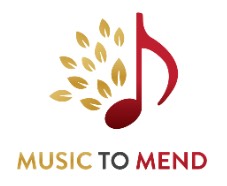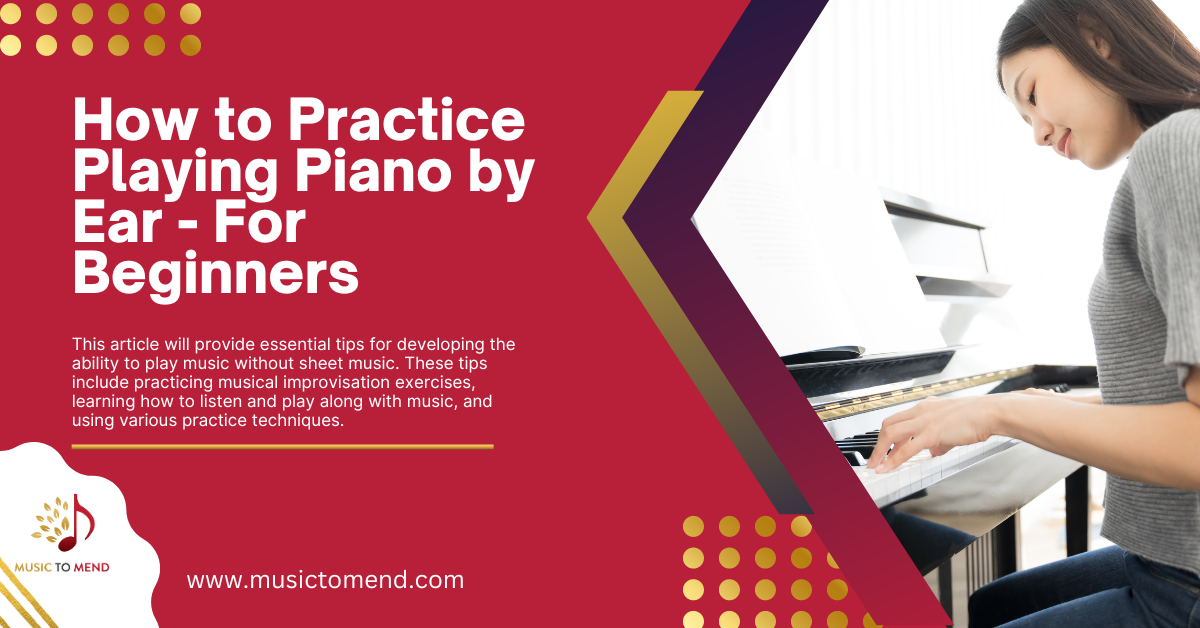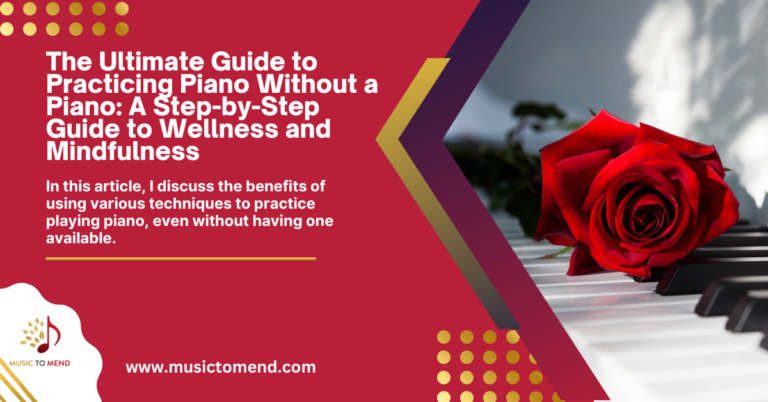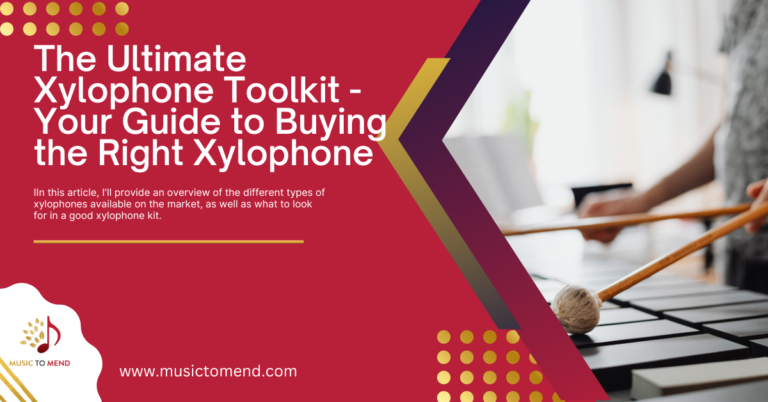How to Practice Playing Piano by Ear – for Beginners
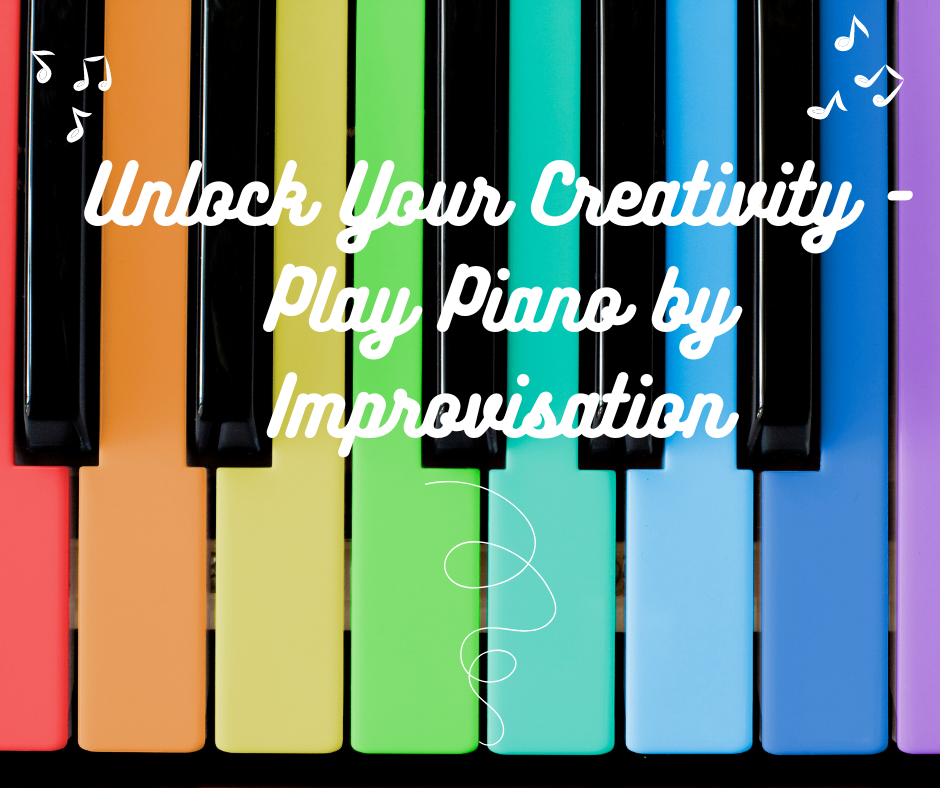
Learning to play piano by ear is a skill that can be developed with practice. It involves listening to music, understanding the notes and chords, and then playing them back on the instrument. This article will provide essential tips for developing the ability to play music without sheet music. These tips include practicing musical improvisation exercises, learning how to listen and play along with music, and using various practice techniques. With dedication and practice, you can hone your skills as a musician who plays by ear.
Practice Musical Improvisation Exercises
Improvisation is the act of creating new music without prior preparation. For example, an improviser might spontaneously compose a melody or verses to go with a simple chord progression. One way to practice improvising is to find a song you like and write down its melody using your instrument’s notes, then play the shape as written on it to learn it. Practice this shape until you memorize its notes and can play it in any key by ear. Other easy improvising drills are playing an arpeggio up-and-down (play the notes in order) or up-and-down (skip every other note). You can also improvise around a basic scale using octaves. Start on the first note of your instrument’s lowest octave and play all 12 notes. Then start again at the first note of your instrument’s highest octave and play all 12 notes.
The Basics of Improvising on the Piano – Key Scales & Chords
Improvising on the piano is a skill that many musicians strive to perfect. It requires an understanding of harmony basics on the piano, such as scales and chords. Learning chord progressions on the piano will help you understand how to create interesting musical ideas. Furthermore, understanding basic chords and scales can help you develop your own improvisational style. With a bit of practice and dedication, anyone can learn to improvise effectively on the piano.
Tips & Tools on How To Play Piano By Ear More Effectively
Learning how to play the piano by ear can be a rewarding and enjoyable experience. It requires patience, practice, and dedication. With the right tips and tools, anyone can learn how to play the piano by ear more effectively. You are most likely wondering, how can I play the piano by ear? Here is a brief overview of this process:1) Listen to a song that you know well on your favorite music player 2) While listening to the song, try to identify notes in each beat and assign them with numbers 3) Try playing those beats on your keyboard. You might need to count out the rhythm slowly or manually match notes. Start at one and count up until you reach eleven.
What is Rhythm and How It Affects Piano Playing?
Rhythm is an essential element of music and it plays a major role in piano playing. It is the pattern of sounds and silences that are used to create a musical composition. In most cases, rhythm is created by combining notes of different lengths, such as quarter notes, eighth notes, or sixteenth notes.
The importance of rhythm in music cannot be overstated. It helps to give the music its structure and flow and can make a piece easier or harder to play on the piano. Additionally, understanding rhythm can help you understand how to play different types of pieces on the piano more effectively. Furthermore, there are many exercises for learning rhythm on the piano that you can use to improve your skills.
Tempo is also an important concept when it comes to playing the piano. Tempo refers to how fast or slow a piece should be played and it affects both rhythm and dynamics in music. Learning how tempo works can help you get better at playing pieces on the piano with better accuracy.
Unlock a New World of Creative Possibilities with Piano By Ear
Piano by ear is a powerful way to unlock a new world of creative potential. It is an improvisation technique that allows you to create beautiful music without the need for sheet music or any other formal notation. With this technique, you can learn how to play the piano more intuitively and improvisationally.
This learning method can be used by beginners and experienced pianists who want to take their musical expression and improvisation skills to the next level. By unlocking the creative potential of your musical ear, you can explore new ways of expressing yourself through music and create unique pieces that are entirely your own.
I hope you found this article helpful.
Until next time, happy piano-playing,
Bea
